
Pope Victor III, was the head of the Catholic Church and ruler of the Papal States from 24 May 1086 to his death. He was the successor of Pope Gregory VII, yet his pontificate is far less notable than his time as Desiderius, the great abbot of Monte Cassino.

Empress Matilda, also known as Empress Maud, was one of the claimants to the English throne during the civil war known as the Anarchy. The daughter and heir of Henry I, king of England and ruler of Normandy, she went to Germany as a child when she was married to the future Holy Roman Emperor Henry V. She travelled with the emperor to Italy in 1116, was controversially crowned empress in St Peter's Basilica, and acted as the imperial regent in Italy. Matilda and Henry V had no children, and when he died in 1125, the imperial crown was claimed by his rival Lothair of Supplinburg.

Agnes of Poitou was the queen of Germany from 1043 and empress of the Holy Roman Empire from 1046 until 1056 as the wife of Emperor Henry III. From 1056 to 1061, she ruled the Holy Roman Empire as regent during the minority of their son Henry IV.
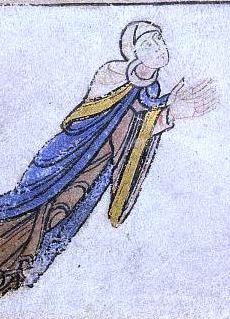
Adeliza of Louvain was Queen of England from 1121 to 1135 as the second wife of King Henry I.

The True Cross is said to be the real cross that Jesus of Nazareth was crucified on, according to Christian tradition.

The Holy Prepuce, or Holy Foreskin, is one of several relics attributed to Jesus, consisting of the foreskin removed during the circumcision of Jesus. At various points in history, a number of churches in Europe have claimed to possess the Prepuce, sometimes at the same time. Various miraculous powers have been ascribed to it.
Cunigunde of Luxembourg, OSB, also called Cunegundes, Cunegunda, and Cunegonda and, in Latin, Cunegundis or Kinigundis, was Empress of the Holy Roman Empire by marriage to Holy Roman Emperor Henry II. She ruled as interim regent after the death of her spouse in 1024. She is a saint and the patroness of Luxembourg; her feast day is 3 March.
William de Vere was Bishop of Hereford and an Augustinian canon.
Victor IV was elected as a Ghibelline antipope in 1159, following the death of Pope Adrian IV and the election of Alexander III. His election was supported by Emperor Frederick Barbarossa. He took the name Victor IV, not acknowledging Antipope Victor IV of 1138, whose holding of the papal office was deemed illegitimate.
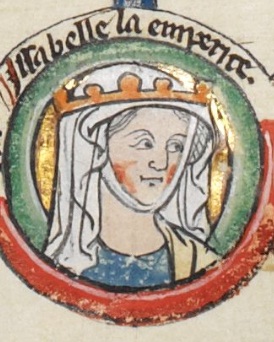
Isabella of England was an English princess of the House of Plantagenet. She became Holy Roman Empress, Queen of Sicily, Italy and Germany from 1235 until her death as the third wife of Emperor Frederick II.

Matilda of Scotland, also known as Good Queen Maud, was Queen of England and Duchess of Normandy as the first wife of King Henry I. She acted as regent of England on several occasions during Henry's absences: in 1104, 1107, 1108, and 1111.
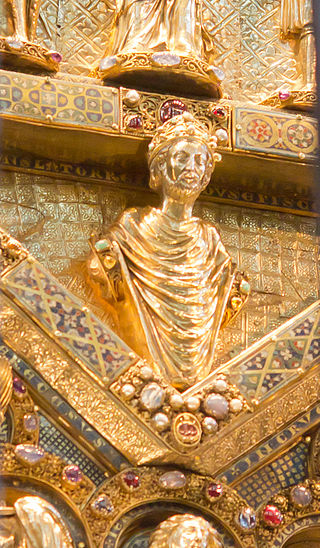
Rainald of Dassel was Archbishop of Cologne and Archchancellor of Italy from 1159 until his death. A close advisor to the Hohenstaufen emperor Frederick Barbarossa, he had an important influence on Imperial politics, mainly in the Italian conflict of Guelphs and Ghibellines.
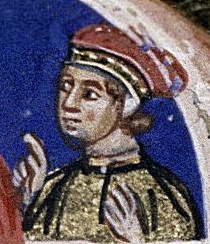
Beatrice I was countess of Burgundy from 1148 until her death, and was also Holy Roman Empress by marriage to Frederick Barbarossa. She was crowned empress by Antipope Paschal III in Rome on 1 August 1167, and as Queen of Burgundy at Vienne in August 1178.
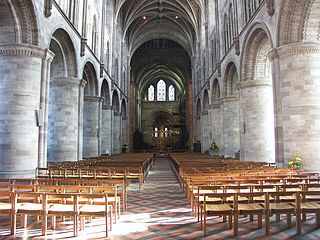
Gilbert Foliot was a medieval English monk and prelate, successively Abbot of Gloucester, Bishop of Hereford and Bishop of London. Born to an ecclesiastical family, he became a monk at Cluny Abbey in France at about the age of twenty. After holding two posts as prior in the Cluniac order he was appointed Abbot of Gloucester Abbey in 1139, a promotion influenced by his kinsman Miles of Gloucester. During his tenure as abbot he acquired additional land for the abbey, and may have helped to fabricate some charters—legal deeds attesting property ownership—to gain advantage in a dispute with the Archbishops of York. Although Foliot recognised Stephen as the King of England, he may have also sympathised with the Empress Matilda's claim to the throne. He joined Matilda's supporters after her forces captured Stephen, and continued to write letters in support of Matilda even after Stephen's release.

The Archdiocese of Tarentaise was a Roman Catholic diocese and archdiocese in France, with its see in Moûtiers, in the Tarentaise Valley in Savoie. It was established as a diocese in the 5th century, elevated to archdiocese in 794, and disbanded in 1801. The diocese of Tarentaise was again formed in 1825, and united with the diocese of Chambéry and diocese of Saint-Jean-de-Maurienne to form the Archdiocese of Chambéry, Maurienne and Tarentaise in 1966.
Imperial cathedral is the designation for a cathedral linked to the Imperial rule of the Holy Roman Empire.

Matilda of England was an English princess of the House of Plantagenet and by marriage Duchess consort of Saxony and Bavaria from 1168 until her husband's deposition in 1180.

The Holy Roman Emperor received the imperial regalia from the hands of the Pope, symbolizing both the pope's right to crown Christian sovereigns and also the emperor's role as protector of the Catholic Church. The Holy Roman empresses were crowned as well.
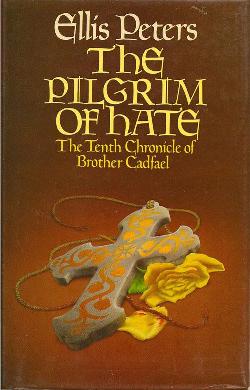
The Pilgrim of Hate is a medieval mystery novel by Ellis Peters, set in spring 1141. It is the tenth in the Cadfael Chronicles, and was first published in 1984.
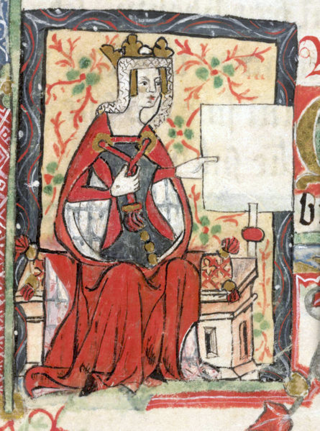
The 12th-century ruler Empress Matilda has been depicted in various cultural media.
















